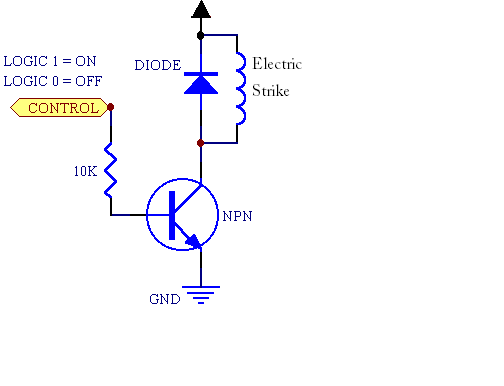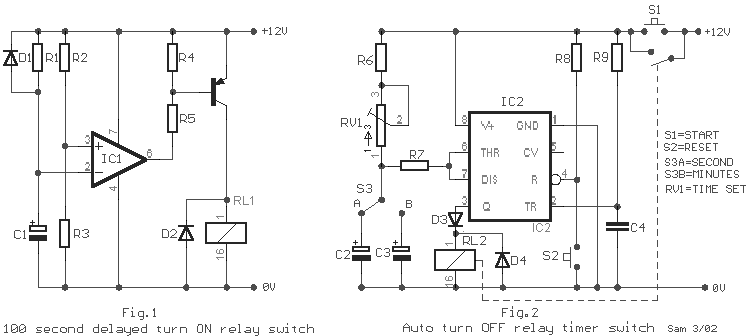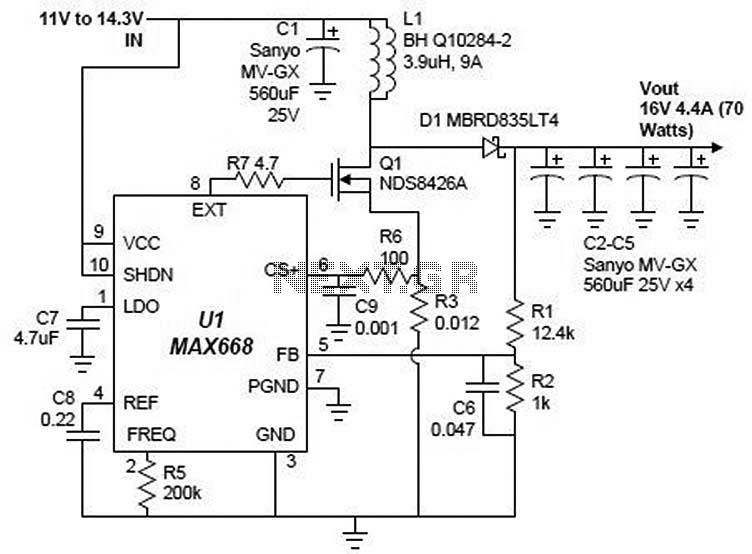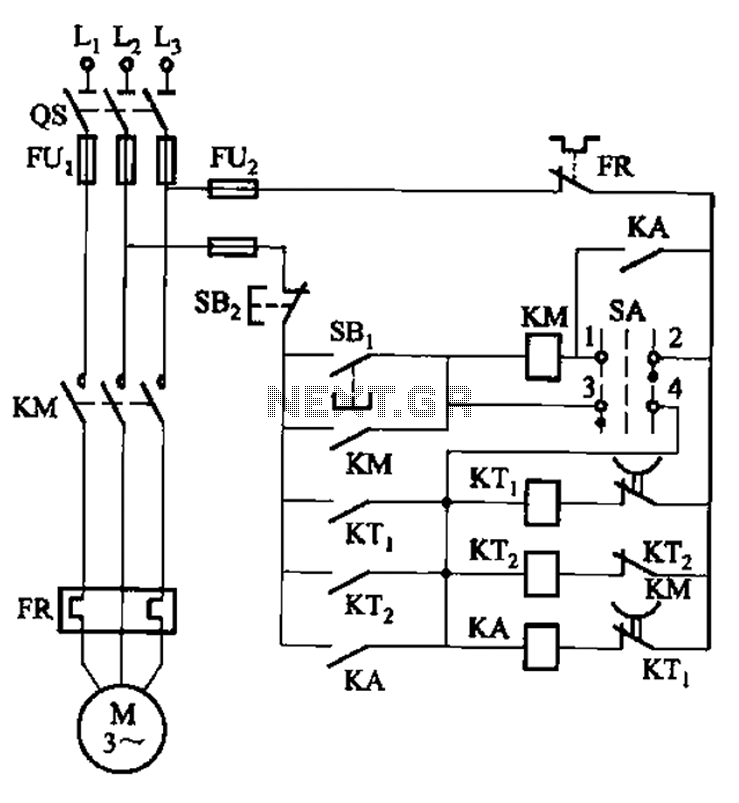
Tricky 12V Battery Charger Circuit

This is a simple yet effective charger for lead-acid batteries. It utilizes a 12-volt car bulb as both a current regulator and a charge status indicator.
The described circuit is an innovative approach to charging lead-acid batteries. It employs a 12-volt car bulb, which serves a dual purpose. As a current regulator, the bulb limits the current flowing into the battery, preventing overcharging and potential damage. The brightness of the bulb also acts as an indicator of the charge status—the brighter the bulb, the higher the current flow, indicating that the battery is in the charging phase. As the battery reaches its full charge, the current decreases, resulting in a dimmer bulb, which signals that the charging process is nearing completion.
The circuit can be constructed using a few basic components: a transformer to step down the mains voltage to a suitable level, a rectifier to convert AC to DC, the 12-volt car bulb, and the lead-acid battery. The transformer should be rated appropriately for the desired output current and voltage. A bridge rectifier can be used to ensure the current flows in the correct direction to charge the battery.
When designing this circuit, attention must be paid to the specifications of the car bulb, as it determines the maximum current that can flow to the battery. Additionally, proper heat dissipation methods should be considered to ensure that the bulb does not overheat during operation.
This charger is particularly useful for applications where simplicity and cost-effectiveness are priorities, making it suitable for DIY enthusiasts and small-scale battery charging tasks.Here is a crude but efficient tricky charger for Lead Acid Battery. It uses a 12 volt car bulb as current regulator and charge status indicator. The bright.. 🔗 External reference
The described circuit is an innovative approach to charging lead-acid batteries. It employs a 12-volt car bulb, which serves a dual purpose. As a current regulator, the bulb limits the current flowing into the battery, preventing overcharging and potential damage. The brightness of the bulb also acts as an indicator of the charge status—the brighter the bulb, the higher the current flow, indicating that the battery is in the charging phase. As the battery reaches its full charge, the current decreases, resulting in a dimmer bulb, which signals that the charging process is nearing completion.
The circuit can be constructed using a few basic components: a transformer to step down the mains voltage to a suitable level, a rectifier to convert AC to DC, the 12-volt car bulb, and the lead-acid battery. The transformer should be rated appropriately for the desired output current and voltage. A bridge rectifier can be used to ensure the current flows in the correct direction to charge the battery.
When designing this circuit, attention must be paid to the specifications of the car bulb, as it determines the maximum current that can flow to the battery. Additionally, proper heat dissipation methods should be considered to ensure that the bulb does not overheat during operation.
This charger is particularly useful for applications where simplicity and cost-effectiveness are priorities, making it suitable for DIY enthusiasts and small-scale battery charging tasks.Here is a crude but efficient tricky charger for Lead Acid Battery. It uses a 12 volt car bulb as current regulator and charge status indicator. The bright.. 🔗 External reference





